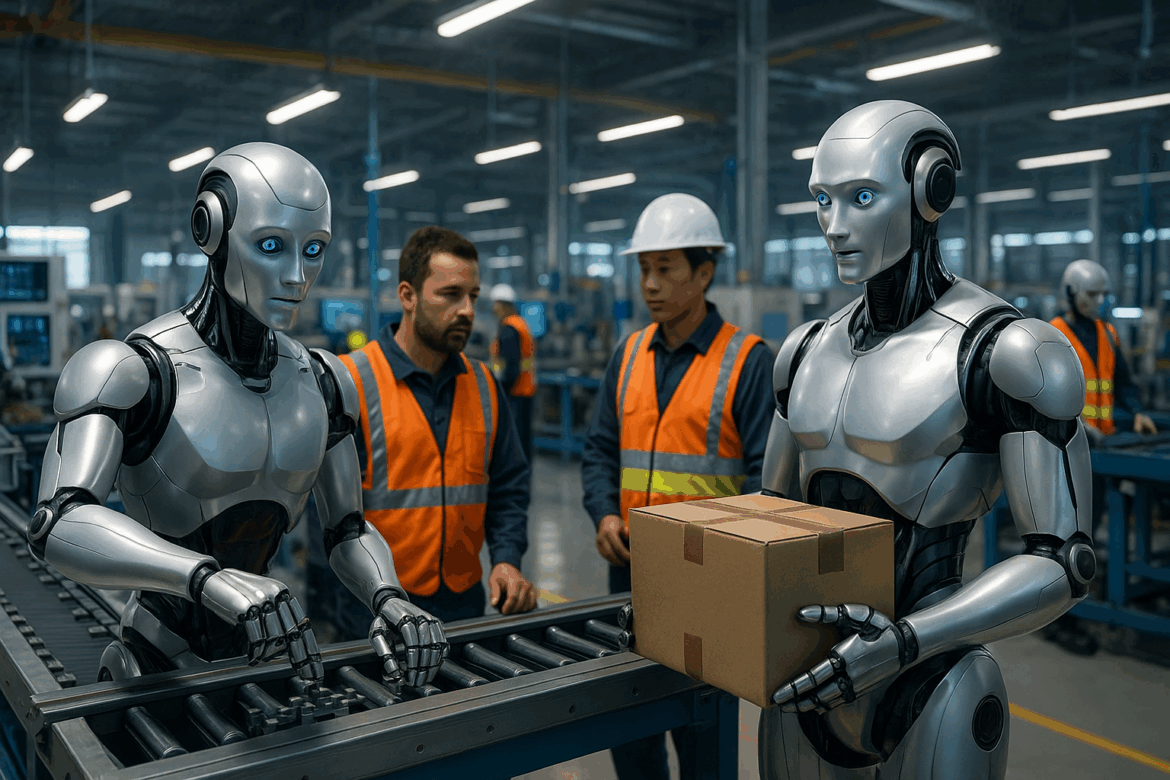331
Robots that resemble humans in looks and movement have begun to take on actual work. By 2025, we’ll see these machines in action at plants, storage facilities, shops, and even medical centers.
Here’s a straightforward breakdown of what you should know.
🧍♂️ What’s a Human-Like Robot?
A human-like robot is a machine built to mimic a person’s appearance and actions. It has:
- A head, arms, and legs
- Eyes (cameras) to see
- Sensors to feel or detect objects
- Software to help it think and make decisions
- Motors to help it walk or move
These robots can walk, carry things, or even talk. Engineers build them to operate in spaces designed for humans such as offices or factories.
🚀 Why Are These Robots Gaining Popularity?
Here are 4 main reasons:
- Worker Shortage: Companies struggle to fill positions for tough or monotonous jobs.
- Better Technology: Robots have become more intelligent and affordable.
- Real Use in Companies: Major corporations like Amazon and Hyundai already employ robots such as Digit and Optimus.
- Cost Saving: Robots can operate without needing rest or wages.
🏭 Where Are They Being Used?
Humanoid robots work in various settings, including:
- Factories – helping build cars or electronics.
- Warehouses – moving boxes or packing products.
- Stores and Airports – guiding people or answering questions.
- Hospitals – helping nurses or elderly people.
Example: Amazon tests a robot named Digit in its warehouses to help lift and move things.
✅ Benefits of Using Humanoid Robots
Here are some straightforward advantages:
- They don’t tire out.
- They can repeat the same task without errors.
- They prove useful in dangerous or unclean environments.
- They cut down on time and expenses over time.
- They collaborate with humans in shared spaces.
⚠️ What Are the Problems?
Despite their benefits, some problems exist:
- Costly to purchase .
- Setup might be time-consuming with existing equipment.
- Workers worry about robots replacing them.
- Fresh regulations are necessary to ensure safety and fair use.
